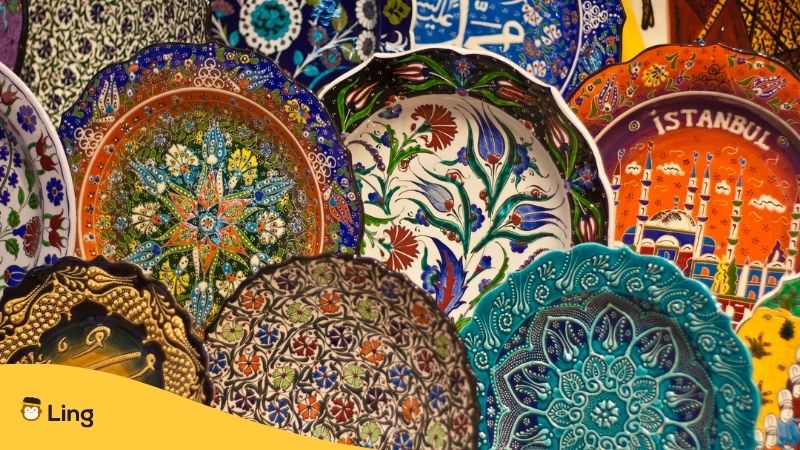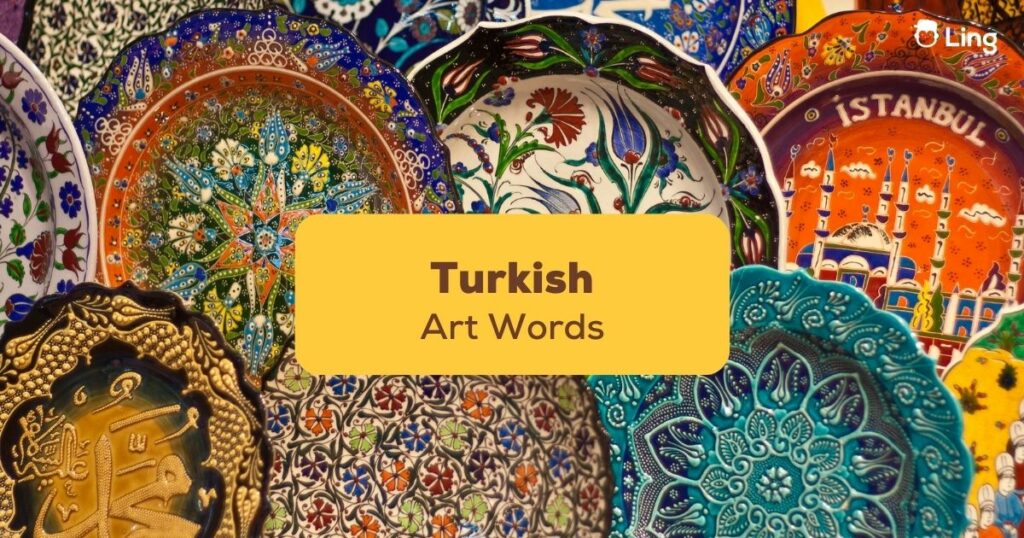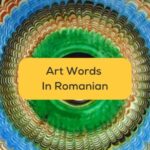If you are taking a trip to Turkey, it is likely you will spend some time visiting art galleries and museums showcasing the rich and varied history of the Ottoman Empire. In order to enhance your enjoyment, it might be a nice idea to have a few Turkish art words at your fingertips.
Islamic Art
Turkish art differs from the Western art form because it is heavily influenced by the rules laid down in the Koran, the central religious text of Islam. The holy book decrees that the human form not be celebrated through art, so much of the Turkish art you are likely to come across will feature stylized designs and geometric patterns.
Islamic Caligraphy
Probably the most important art form in Ottoman art is Islamic calligraphy. Up until the introduction of the Latin alphabet by former president of Turkey Mustafa Kemal Atatürk in 1928, ornate calligraphy was used for everything from manuscripts to imperial edicts. In fact, calligraphy was so important that many of the rulers of Turkey were extremely skilled in creating this unique art form.

So, before we delve deeper into the world of Turkish art, let’s learn a few words we can utilize while taking a stroll around the galleries and museums of central Asia.
| English | Turkish |
| acting | oyunculuk |
| art | sanat |
| ballet | bale |
| drama | dram |
| dancing | dans etme |
| drawing | çizim |
| music | müzik |
| painting | boyama |
| poetry | şiir |
| pottery | çömlekçilik |
| photography | fotoğrafçılık |
| singing | şarkı söyleme |
Turkish Pottery
The ancient art of Turkish pottery is celebrated in art galleries showcasing decorated ceramic tiles from Iznik and Kutahya. Although many of the finest examples of this traditional art come from between the 14th and 18th centuries, decorated ceramics are still produced in these towns to the present day.
Turkish Miniatures
Particularly prized by sultans and members of the Turkish elite, painted miniatures were often created by foreign painters and non-muslim artists because the subjects often flouted the Islamic rules by depicting people. Particularly popular were portraits and scenes showing epic battles and sieges. Not all miniature Turkish painting was risky for Turkish painters, though, with many Turkish miniatures featuring flowers, decorative murals, and images created by landscape painters. Some of the most outstanding works are incredibly detailed and composed of vibrant colors.

Turkish Painting
Painting on canvas took off in Turkey in the 19th century when the accomplished painter Osman Hamdi Bey established the Academy of Fine Arts. The Ottoman sultans would send Turkish artists to further their skills at schools in Italy and France and invited Western artists to come to Turkey and demonstrate their skills. Some of Turkey’s best-known painters include Halil Pasha, Ahmet Ziya, Hoca Ali Riza, and Seker Ahmet Pasha. Halil Pasha is probably Turkey’s most successful impressionist painter. As the rules on what could be committed to canvas relaxed through the 20th century, a wider range of artistic techniques was introduced. Currently, art galleries across Turkey regularly feature exhibitions by today’s Turkish artists.
Turkish Pipes
Made from meerschaum, a mineral mined from deep within the earth’s crust, these exceptional pieces represent intricately carved faces. Known in Turkish as Lületasi, the hydrous magnesium silicate is found near the town of Eskisehir. The material is light, strong, and extremely porous. This means it is easy to carve and will absorb tobacco nicotine and gradually change from white to brown as it is smoked. The popularity of pipe smoking in Turkey has declined over the years, meaning this traditional ware is commonly created for export.
Marbled Paper
Known as Ebru in Turkish, vegetable, mineral, and other natural dyes are sprayed over the surface of a water basin before a sheet of paper is laid over the top to absorb the dye and create interesting and unique patterns. Paper painted in this way is then left to dry. The art form remains popular today and, in 2014, was added to the prestigious Representative List of the Intangible Cultural Heritage of Humanity by UNESCO.
Turkish Embroidery
During the Byzantine era, the taste for silk from the Orient skyrocketed. It was particularly desired by the Turkish clergy. In the 6th century, a group of Russian monks managed to get their hands on a clutch of highly prized and closely guarded silkworm eggs and bring them back to Constantinople. The city of Bursa became an important textile center and remains so to this day. It is well known for its salt dye techniques. Embroidery was used to decorate the military equipment of the armies of the Ottoman and Seljuk Turks, including battle scenes and battle motifs being sewn onto banners, saddles, pavilions, and tents. Many examples of these stunning textiles can be found in Istanbul’s Military Museum.
Religious Textiles
Delicate floral patterns were embroidered onto prayer carpets, mosque hangings and Koranic casements. Silver and gold thread was used to decorate the ornate ceremonial vestments and the costumes of the court.
Turkish Harems
Some of the finest examples of Turkish textiles were created by the women of the Sultan’s harem. The embroidered textiles would be used to celebrate wedding nights and would adorn the bridal chamber. Modern examples of these bed coverings and traditional arts can be found in the Grand Bazaar in Istanbul. The economic, cultural and historic hub is also home to the Sadberk Hanim Museum and the Topkapi Palace Museum where more traditional examples are on display.

And Finally…
If this brief excursion into the world of Turkish art has piqued your interest, why not download the Ling App today from Play Store or App Store and delve a little more deeply into the Turkish language? The Ling App is a one-stop supplier of tools to improve your Turkish language skills with a selection of lessons, quizzes, and exercises designed to enhance your language learning experience.



































































